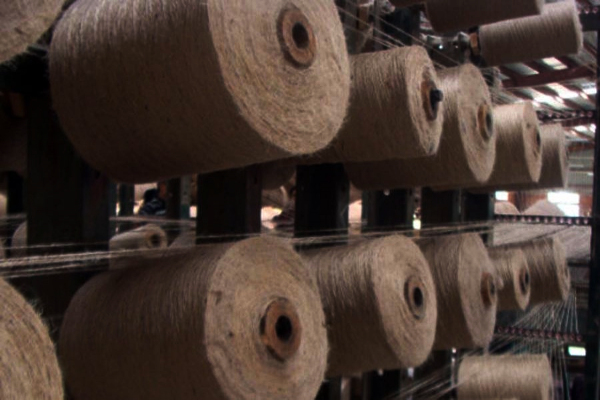Manufacturing activity enhanced to an 8-month high in October due to festival demand, but it failed to arrest employment cut off by firms as existing manpower were adequate to meet the rising demand, revealed IHS Markit Purchasing Managers Index (PMI) survey.
PMI rose to 55.9 in October from 53.7 in the previous month. The figure in October was the highest since February.
Companies stepped up input purchase in the midst of stock-building attempts and in expectation of further enhancements in demand, while business optimism hit a 6-month high.
“With businesses gearing up for further recovery in demand by building up their stocks, it appears like manufacturing activity will remain to grow throughout the third quarter of fiscal year 2021-22 should the Covid-19 pandemic remain under control.” stated Ms. Pollyanna De Lima, associate director – Economics, at IHS Markit.
Though, respondents remained to report soaring prices for several materials and transportation, with overall input costs rising at the strongest rate since February 2014 or 92-month high. Anecdotal evidence emphasised higher chemical, fabric, metal, electronic components, oil, plastic and transportation costs. Consequently, a few companies increased selling prices again.
“Of concern, input cost inflation speeded up significantly in October — to a near eight-year high — as robust global demand for rare raw materials remained to push up prices for these items,” added Ms. Lima.
Even though the notable uptick in new orders, manufacturers were capable of keeping their workloads on top, as indicated by another decline in backlogs.
This lack of pressure on capacity, as well government guidelines regarding shift work, intended that employment continued to decline. That said, the rate of employment cutting was insignificant.
While strong growth in both sales and production was observed in each of the three broad areas of the manufacturing sector, it was for intermediate goods that the strongest rates of expansion were logged.
PMI figures depict more optimism compared to official figures for the crucial core sector production which expanded at a modest rate of 4.4% in September against 11.5% in August. This may weigh down the index of industrial production for September since the core sector has 40% weight in the index.
Though, official figures are year-on-year growth, while PMI is a month-on-month calculation. Actually, the core sector contracted sequentially by 5% in September over August. One has to see the figures for October core and IIP when festival season is on to see if PMI figures are in harmoniousness with the official ones.
Additionally, to reporting a significant increase in total new orders, Indian firms observed a notable pick-up in international demand for their goods. New export work rose at a solid pace that was the quickest in three months.
The latest official trade figures, however, showed that merchandise exports growth moderated to 22.6% in September against 45.6% in August.
Source: IBEF
You may also like
-
Trade Connect E-platform For Exports Is Single Window, Fast, Accessible And Transformational: Shri Piyush Goyal
-
Dot Simplifies Approval Processes For Telecom Licenses And Wireless Equipment
-
Coal Production and Supply Trends on Positive Trajectory
-
Union Minister To Release Booklets On Promotion Of Indigenous Species & Conservation Of States Fishes
-
2nd India-Japan Finance Dialogue held in Tokyo on 6th September, 2024
